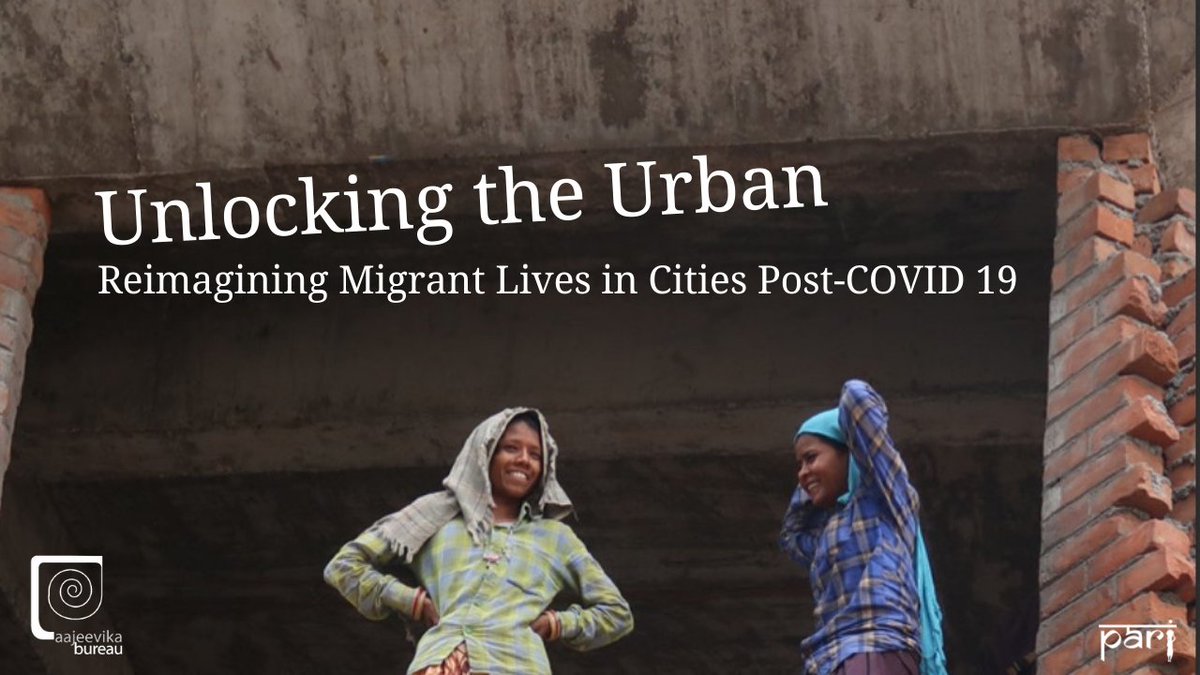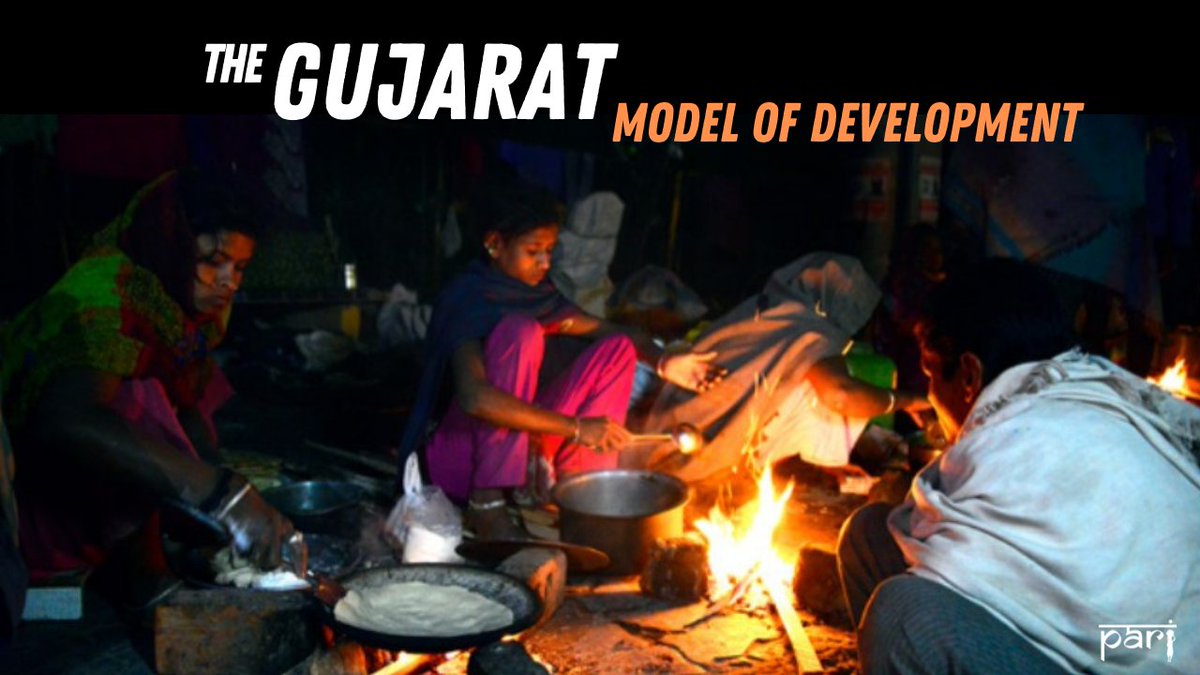
This report contains the results of a study on the pandemic’s effects on women from households with a monthly income of less than Rs. 20,000, their livelihoods, access to essentials, assets, debt, food, nutrition, sanitation, and time use.
Download: ruralindiaonline.org/en/library/res…| 🧵
Download: ruralindiaonline.org/en/library/res…| 🧵

2| The report includes testimonies through telephonic interviews of about 15,000 women and 2,300 men from low-income households across 10 states: Bihar, Gujarat, Karnataka, Kerala, Madhya Pradesh, Maharashtra, Odisha, Telangana, Uttar Pradesh and West Bengal.
3| It represents their experience of the nationwide lockdown –from March 24 to May 31, 2020 – and the following months. The interviewed women had access to mobiles; roughly 1/2 owned one. Hence, they represented a section of low-income households which was relatively better off.
4| The report states that during the peak of the lockdown, in April and May, around 4.3 crore women lost their sources of income. While women accounted for only 24%of the workforce before the pandemic, they made up 28% of those who lost jobs because of it.
5| About 43% of the women who lost their jobs were yet to regain paid work – which, the report states, indicates that women experienced a slower recovery rate in paid work as compared to men.
6| Over one in 10 women restricted their food intake or ran out of rations the week they were surveyed. About 16% of women who used menstrual pads before the pandemic now had limited or no access to them. More than one in three married women were unable to access contraceptives.
7| Roughly 47% of women – as compared to 43% of men – reported an increase in household chores. 41% of women reported having to do more unpaid care work than before. The increase in domestic work may lead to an unequal rise in the hours women spend on housework even post-lockdown
8| Women from households that were earning a monthly income of less than Rs. 10,000 lost 3 to 7 percentage points more of their income than the rest of the women surveyed. This difference was 13 percentage points for Muslim women and 10 percentage points for migrant women.
9| Government welfare measures under the Mahatma Gandhi National Rural Employment Guarantee Act[OR1] (MGNREGA) of 2005, the Pradhan Mantri Jan-Dhan Yojana and the public distribution system (PDS) supported 1.2 crore, 10 crore, and 18 crore women during the pandemic.
10| Focus and factoids by Dipanjali Singh.
Download and access this report for additional information for free right here: ruralindiaonline.org/en/library/res…
Download and access this report for additional information for free right here: ruralindiaonline.org/en/library/res…
cc: @fayedsouza
Some useful data points
Some useful data points
@threadreaderapp unroll please
• • •
Missing some Tweet in this thread? You can try to
force a refresh


















